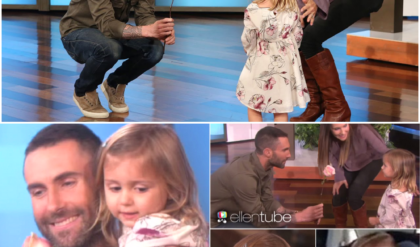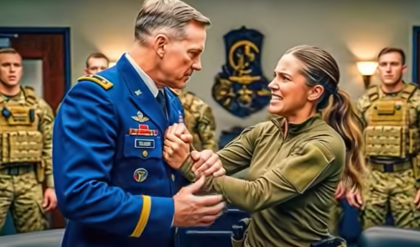Production designer Howard Cumming explains how and why the Fallout TV show had to make some change to the iconic Pip-Boy device.
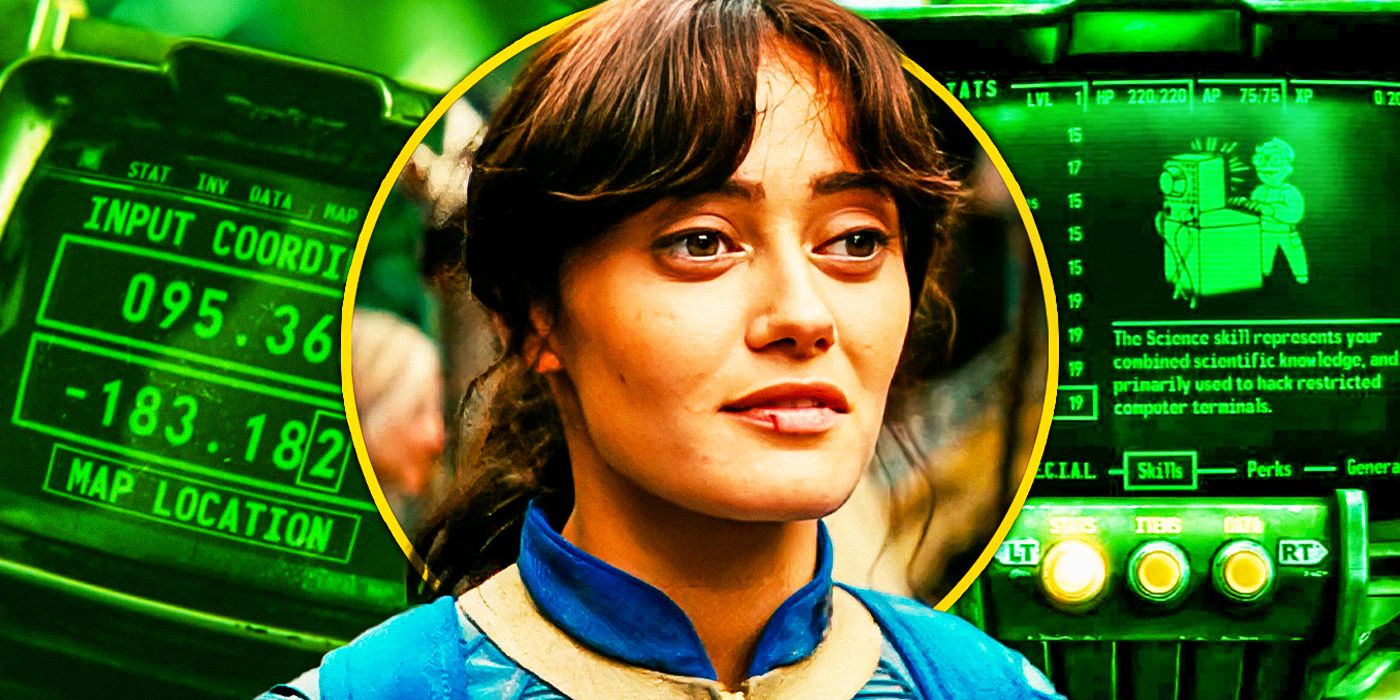
Fallout production designer Howard Cumming explains the show’s one big change to the game’s Pip-Boy device. Based on the beloved video game franchise of the same name, the Prime Video series was released earlier this month, following vault dweller Lucy (Ella Purnell) as she embarks on an adventure in the radioactive wasteland above ground. The Fallout reviews almost unanimously praised the show, with critics and audiences alike applauding the characters, storytelling, and faithfulness to the source material.
In a recent interview with Screen Rant, Cumming explains that the Fallout TV show did have to make a notable change to the Pip-Boy, a personal computer device that vault dwellers wear on their wrists. According to the production designer, the show had to size these devices down compared to how big they are in the games. Check out her full comment below:
Everything Fallout is all about scale, right? And the Pip-Boys are huge in the game. Huge. So, I talked to Todd Howard about it, I said, “You know we’re shrinking the Pip-Boy?” And he said, “Oh, no, the Pip-Boy is big in the game, because you have to play it on your screen. Pip-Boys should be smaller.” And then we had Ella Purnell, who’s a tiny girl and she has a tiny wrists.
So, we had to question everything, but I kept it exactly the way it looked. And we shrunk it down and they wanted it to work. I forget what the prop guys did, I don’t know which phone we found, it was some weird phone that actually could fit in that thing. So when they’re using it, you’re seeing it, it’s not replaced later in post, we actually did all that stuff.
The Fallout TV Show Gets The Game’s World Right
Prime Video’s Adaptation Is Faithful In More Ways Than One
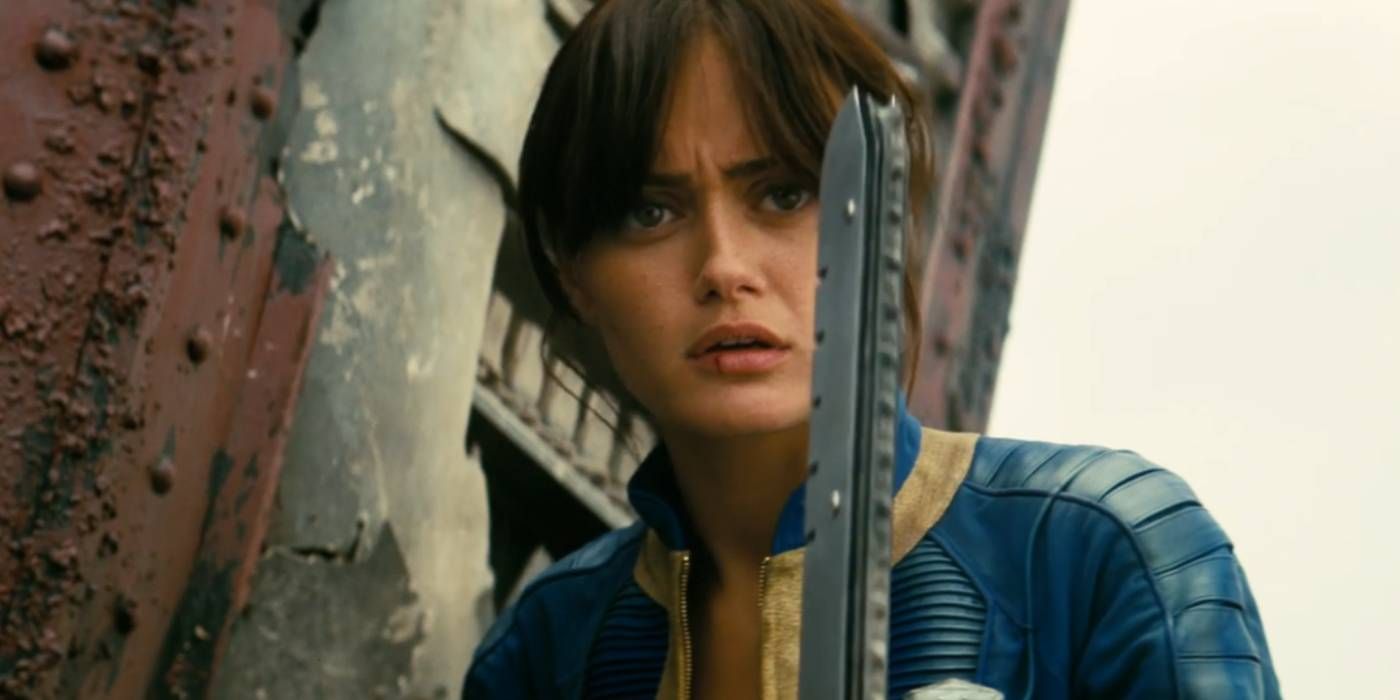
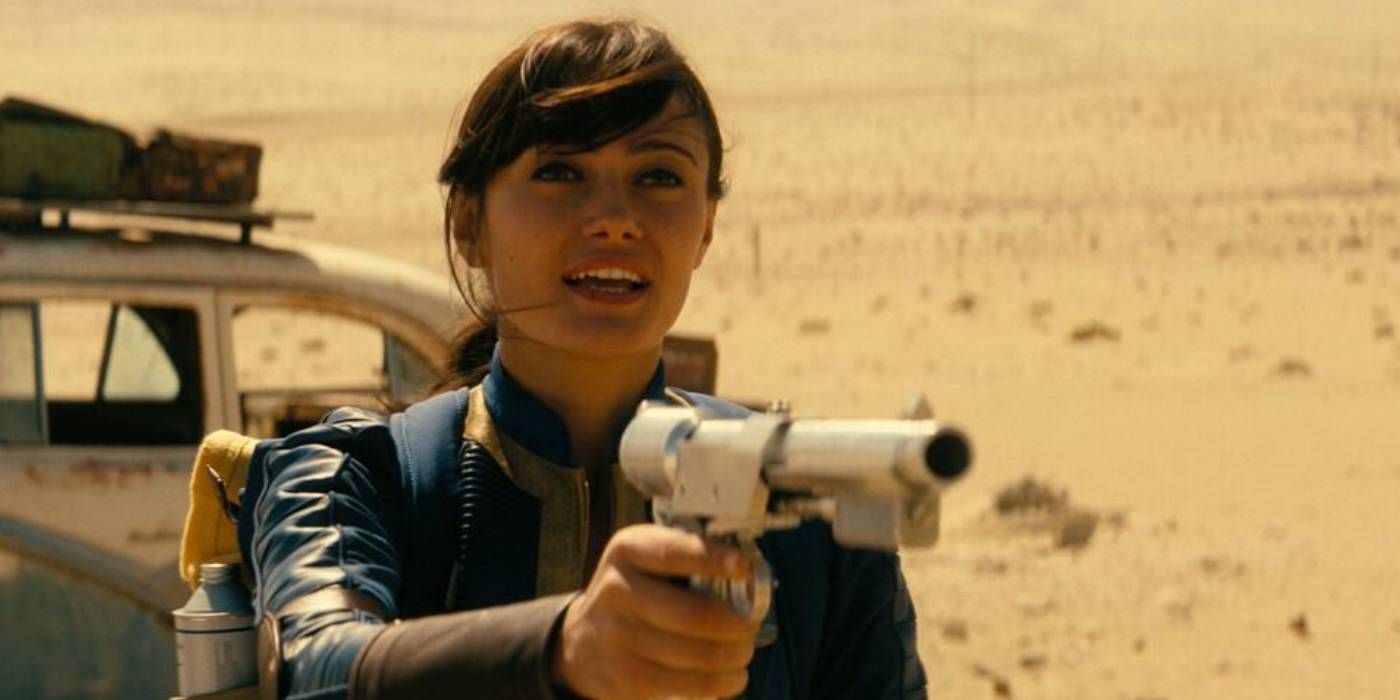


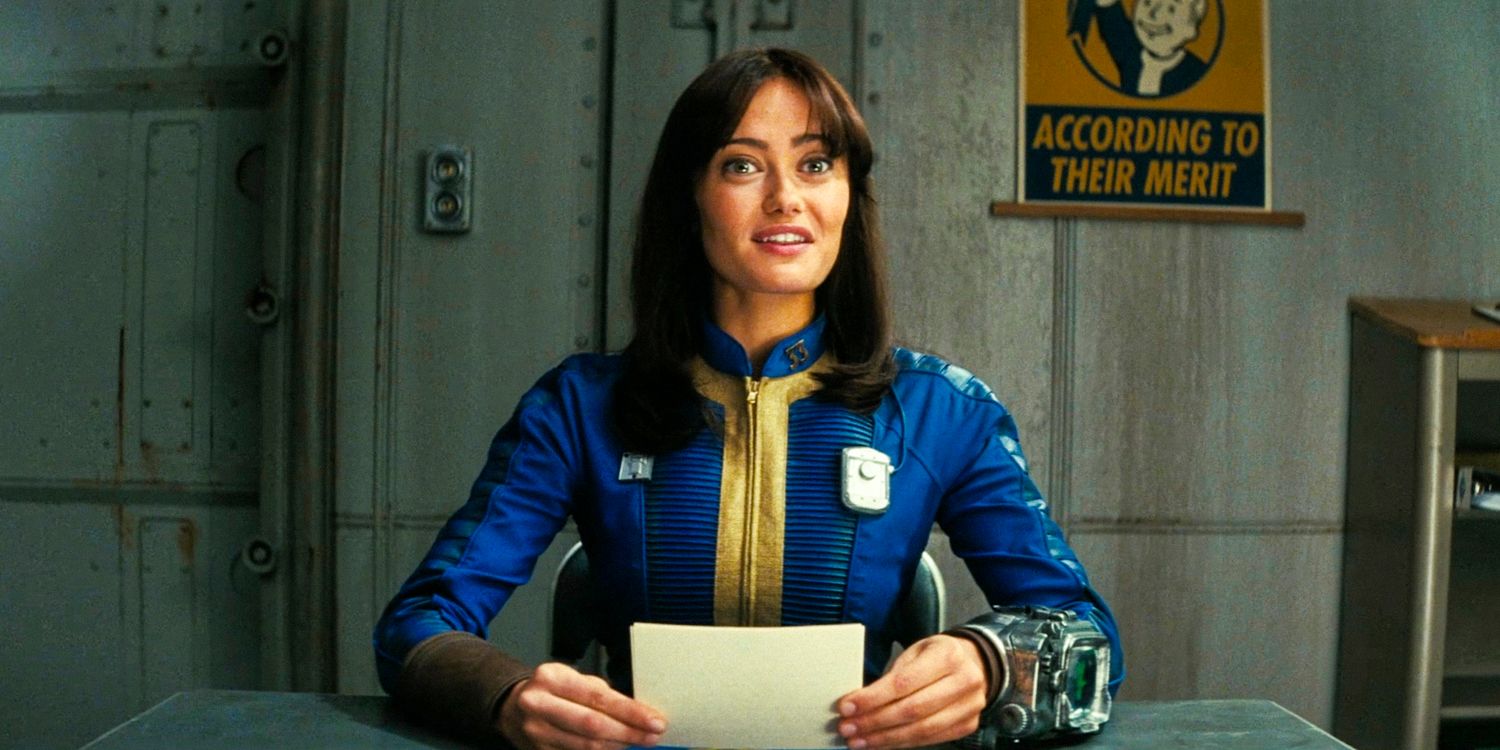
While practical and storytelling considerations sometimes mean that not everything – like the Pip-Boy – will be a one-to-one recreation of how it appears in the games, the Fallout TV show largely nails the look and feel of the world that gamers are familiar with. Visually, both parts of the Fallout show timeline are brought to life brilliantly, including the 1950s-inspired 2077 and the post-apocalyptic version of this setting in 2296. Using a combination of real sets and VFX, the world of the show feels tactile and lived in.
In addition to nailing the props, costumes, and visual design aspects of the games, the Fallout show also manages to capture the feel and atmosphere of the source material. As an open-world role-playing game, Fallout gives the player freedom to go where they want and do what they want, maintaining a sense of discovery and adventure. Lucy’s quest features this same sense of discovery, with the character encountering different factions, like the Brotherhood of Steel, but also different enemy types, like feral ghouls and a gulper.
Fallout cast member Walton Goggins sums up one element of the games when he says, as The Ghoul, that a rule of the Wasteland is: “Thou shalt get sidetracked by bullsh*t every goddamn time.” The games are so full of interesting locations and characters that it’s easy to take on a series of smaller missions during a larger quest, and this is what happens in the series. While Fallout may alter the size of the Pip-Boys, the series is overall a faithful rendering of the games’ world, which is part of why it has been so well received.
